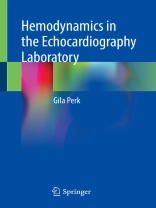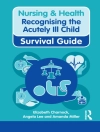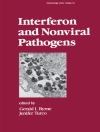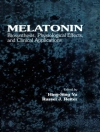The book provides a practically focused review of the latest techniques used for hemodynamic assessment in the echocardiography laboratory. It features a methodical case-based approach covering how to measure hemodynamic parameters successfully, including stroke volume, valve area and regurgitation severity, in a range of scenarios of varying complexity. Step-by-step guidance on how to apply the techniques described are provided. Each chapter also contains didactic features to assist the reader in assimilating the key points in every case, assisting them to develop their knowledge of how to treat patients with both routine and complex hemodynamic issues in the echocardiograply laboratory.
Hemodynamics in the Echocardiography Laboratory therefore represents a concise resource on how to carry out hemodynamic assessments and is a valuable resource for trainees and fellows in cardiology and echocardiography seeking a concise review of the topic.
Inhaltsverzeichnis
General Principles.- Math In The Echo Lab.- Pulmonary Pressure – Beginner.- Pulmonary Pressure – Advanced.- How Severe Is This MR.- What’s Wrong With This MR – Part I.- What’s Wrong With This MR – Part II.- Why Is This Happening Now.- Extreme Pulsus Alternans.- Is This AI An Emergency.- There’s a Hole In The Heart – Part I.- There’s a Hole In The Heart – Part II.- The Machinery confusion.- All Those As Gradients.- Dynamic LVOT.- The Futile Heart.
Über den Autor
Dr. Perk is the director of the echocardiography laboratory at the New York Presbyterian / Brooklyn Methodist Hospital. Her main research interests are related to application of emerging echocardiographic techniques into clinical practice. This started with looking at the added benefit of multi-plane transesophageal echocardiography for evaluation of intra-cardiac masses and continued with utilization of portable echocardiographic units, as well as application of new imaging techniques (e.g. strain imaging). In recent years, the emerging role of 3-dimensional echocardiography, in particular as it relates to structural heart disease programs, was at the center of her research efforts.












